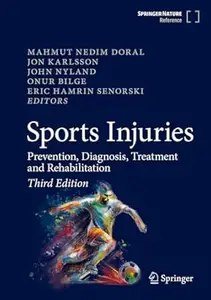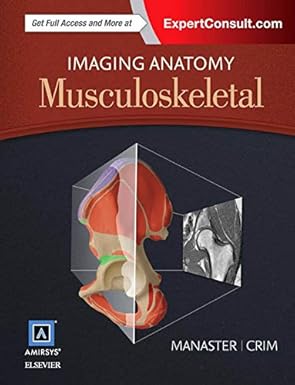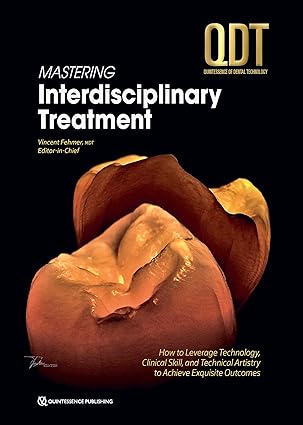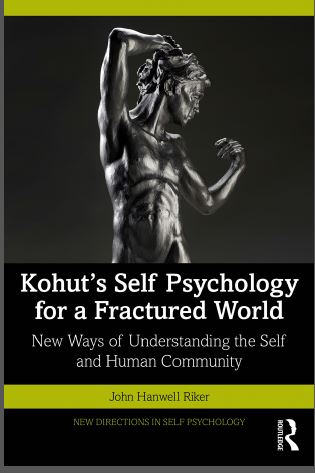Neuromechanics of Human Movement, Fifth Edition, draws on the disciplines of neurophysiology and physics to explore how the nervous system controls the actions of muscles to produce human motion. This contemporary approach is much different from the traditional approach, which focuses solely on mechanics and does not consider the role of the sensorimotor system in the control of human movement. Authored by Roger Enoka, a widely recognized and esteemed scholar in neuromechanics, this influential text is an essential resource in biomechanics, motor learning, and applied physiology, making complex information accessible to students.
With material based on updated research in the field, this fifth edition provides a scientific foundation to the study of human movement, and as such it uses precise terms and definitions when discussing ideas. An appendix showcases both the base and derived units of the metric system as well as other learning tools, including a glossary of terms and a comprehensive list of the equations presented throughout the text. The text includes 70 practical learning examples, giving students the opportunity to work through a variety of problems and explore current research and applications. Content is visually reinforced with 341 figures, including specific illustrations of the neuromechanics involved in sport and rehabilitation movements. References have been streamlined and moved to the end of each chapter to improve readability. And instructors will benefit from an image bank that includes most of the figures and tables from the text to use in course materials.
Significant content updates in the fifth edition present information relevant for both research and clinical environments, including more contemporary examples throughout the text and a new chapter on movement analysis. The following are additional key changes:
• New figures that highlight and clarify key points
• New information on energy costs
• Debunking the concept of motor unit types
• Detailed information on the center of mass trajectory
• Explanation of neuromodulation
• Additional content on PET imaging to help examine activity intensity
To encourage a comprehensive learning experience, this updated edition follows a logical progression where each part builds on the material from the previous section. It begins with an introduction to the biomechanical terms and concepts commonly used to describe movement, focusing on the relation between force and motion. Part II deals with the motor system and introduces essential concepts from neurophysiology required for understanding how movement is produced by the nervous system. Part III focuses on adaptability of the motor system, including the acute and chronic changes that can occur in response to deviations in an individual’s level of physical activity.
The fifth edition of Neuromechanics of Human Movement provides a scientific basis for the study of human movement while continuing to expand current knowledge in the fields of biomechanics and neurophysiology. By integrating these fields in a unique framework, this text offers professionals and students both valuable clinical information and inspiration to deepen their study of human movement.
چکیده فارسی
نورومکانیک حرکت انسان، ویرایش پنجم، از رشته های فیزیولوژی عصبی و فیزیک استفاده می کند تا چگونگی کنترل سیستم عصبی اعمال ماهیچه ها را برای تولید حرکت انسان بررسی کند. این رویکرد معاصر بسیار متفاوت از رویکرد سنتی است که صرفاً بر مکانیک تمرکز دارد و نقش سیستم حسی حرکتی را در کنترل حرکت انسان در نظر نمی گیرد. این متن تأثیرگذار که توسط راجر انوکا، محقق شناخته شده و معتبر در زمینه مکانیک عصبی نوشته شده است، منبعی ضروری در بیومکانیک، یادگیری حرکتی، و فیزیولوژی کاربردی است و اطلاعات پیچیده را در دسترس دانش آموزان قرار می دهد.
این ویرایش پنجم با مطالبی مبتنی بر تحقیقات به روز شده در این زمینه، پایه ای علمی برای مطالعه حرکت انسان فراهم می کند و به این ترتیب از اصطلاحات و تعاریف دقیق هنگام بحث درباره ایده ها استفاده می کند. یک ضمیمه واحدهای پایه و مشتق شده از سیستم متریک و همچنین سایر ابزارهای یادگیری، از جمله واژه نامه اصطلاحات و فهرستی جامع از معادلات ارائه شده در سراسر متن را به نمایش می گذارد. این متن شامل 70 مثال یادگیری عملی است که به دانش آموزان این فرصت را می دهد تا با مشکلات مختلف کار کنند و تحقیقات و کاربردهای فعلی را کشف کنند. محتوا از نظر بصری با 341 شکل، از جمله تصاویر خاصی از مکانیک عصبی درگیر در حرکات ورزشی و توانبخشی، تقویت شده است. برای بهبود خوانایی، مراجع ساده شده و به انتهای هر فصل منتقل شده اند. و مربیان از یک بانک تصویری بهره مند خواهند شد که شامل بیشتر شکل ها و جداول متن است تا در مطالب دوره استفاده شود.
بهروزرسانیهای محتوایی قابل توجه در ویرایش پنجم اطلاعات مربوط به محیطهای تحقیقاتی و بالینی را ارائه میدهند، از جمله نمونههای معاصر بیشتر در سراسر متن و فصل جدیدی در مورد تجزیه و تحلیل حرکت. موارد زیر تغییرات کلیدی اضافی هستند:
• شکل های جدیدی که نکات کلیدی را برجسته و روشن می کند
• اطلاعات جدید در مورد هزینه های انرژی
• رفع مفهوم انواع واحدهای موتوری
• اطلاعات دقیق در مورد مرکز مسیر جرم
• توضیح تعدیل عصبی
• محتوای اضافی در تصویربرداری PET برای کمک به بررسی شدت فعالیت
برای تشویق یک تجربه یادگیری جامع، این نسخه بهروزرسانی شده از یک پیشرفت منطقی پیروی میکند که در آن هر بخش بر اساس مطالب بخش قبلی ساخته میشود. این کتاب با مقدمهای بر اصطلاحات و مفاهیم بیومکانیکی که معمولاً برای توصیف حرکت استفاده میشوند، با تمرکز بر رابطه بین نیرو و حرکت آغاز میشود. بخش دوم به سیستم حرکتی می پردازد و مفاهیم اساسی از فیزیولوژی عصبی را معرفی می کند که برای درک چگونگی تولید حرکت توسط سیستم عصبی لازم است. بخش سوم بر روی سازگاری سیستم حرکتی تمرکز دارد، از جمله تغییرات حاد و مزمنی که می تواند در پاسخ به انحرافات در سطح فعالیت بدنی فرد رخ دهد.
ویرایش پنجم Neuromechanics of Human Movement پایهای علمی برای مطالعه حرکت انسان ارائه میکند و در عین حال به گسترش دانش فعلی در زمینههای بیومکانیک و فیزیولوژی عصبی ادامه میدهد. با ادغام این زمینه ها در یک چارچوب منحصر به فرد، این متن به متخصصان و دانشجویان اطلاعات بالینی ارزشمند و الهام بخش برای تعمیق مطالعه خود در مورد حرکت انسان ارائه می دهد.
ادامه ...
بستن ...










